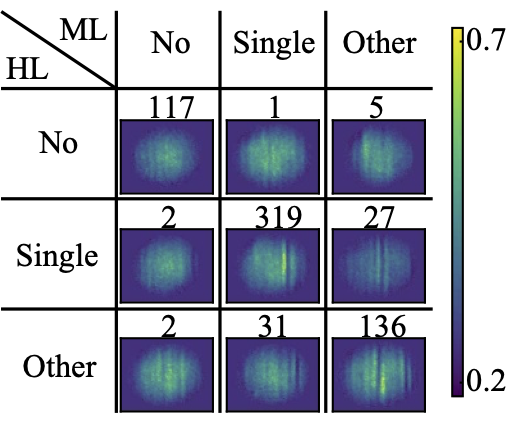Machine-learning enhanced dark soliton detection in Bose–Einstein condensates

Most data in cold-atom experiments comes from images, the analysis of which is limited by our preconceptions of the patterns that could be present in the data. We focus on the well-defined case of detecting dark solitons—appearing as local density depletions in a Bose–Einstein condensate (BEC)—using a methodology that is extensible to the general task of pattern recognition in images of cold atoms. Studying soliton dynamics over a wide range of parameters requires the analysis of large datasets, making the existing human-inspection-based methodology a significant bottleneck. Here we describe an automated classification and positioning system for identifying localized excitations in atomic BECs utilizing deep convolutional neural networks to eliminate the need for human image examination. Furthermore, we openly publish our labeled dataset of dark solitons, the first of its kind, for further machine learning research.
Machine-learning enhanced dark soliton detection in Bose-Einstein condensates; S. Guo, A. R. Fritsch, C. Greenberg, I. B. Spielman, and J. P. Zwolak; Machine Learning: Science and Technology 2 035020 (2021). doi:10.1088/2632-2153/abed1e
